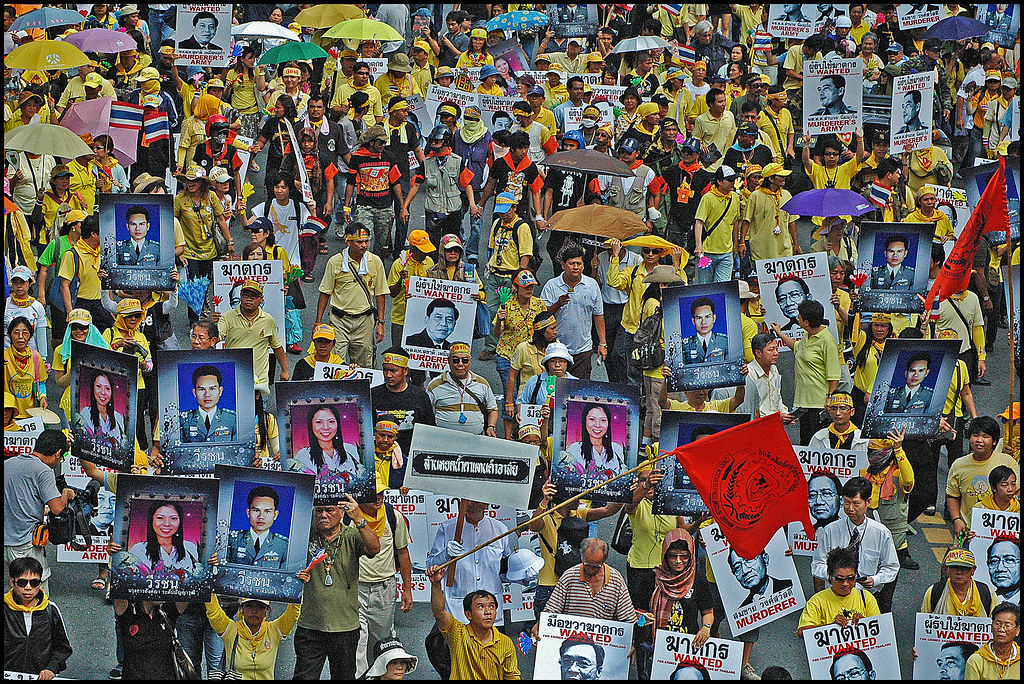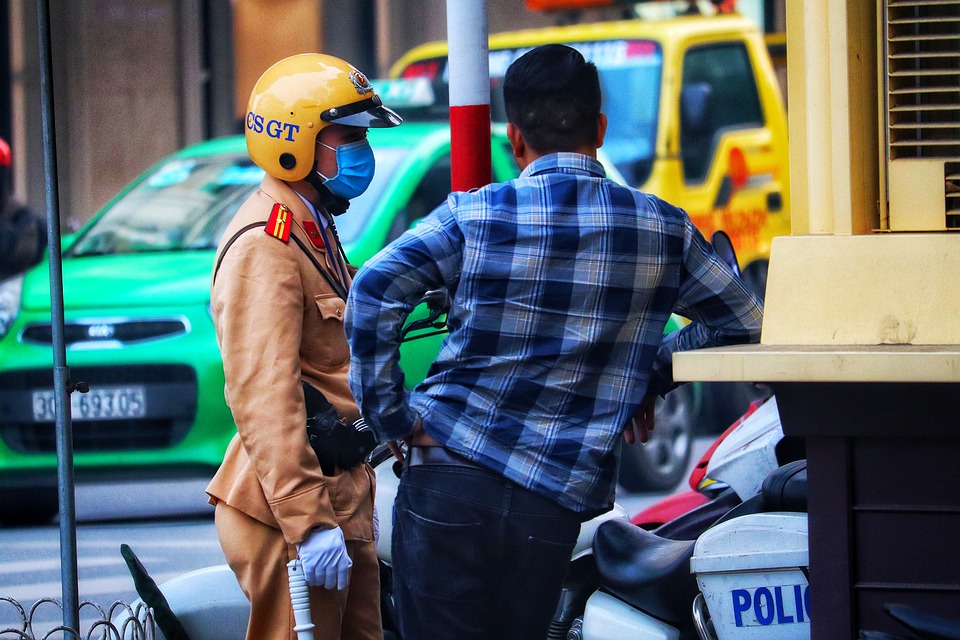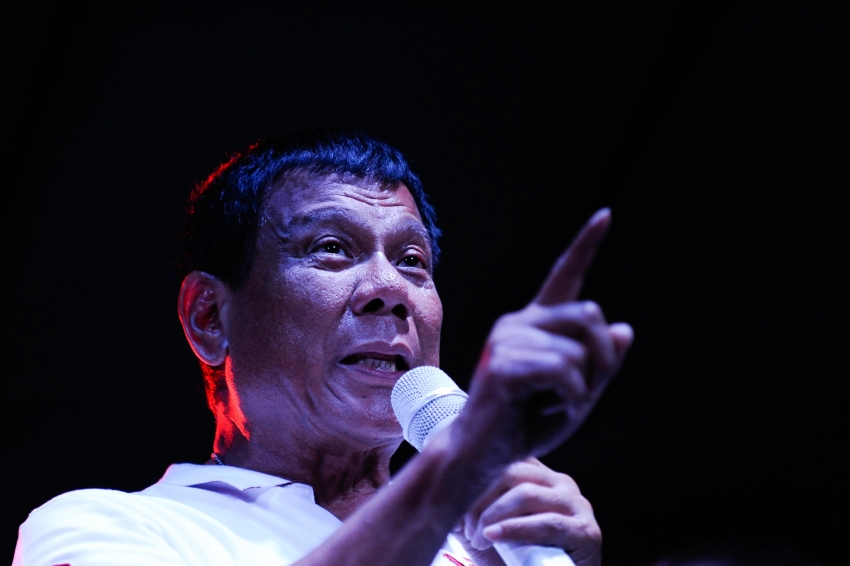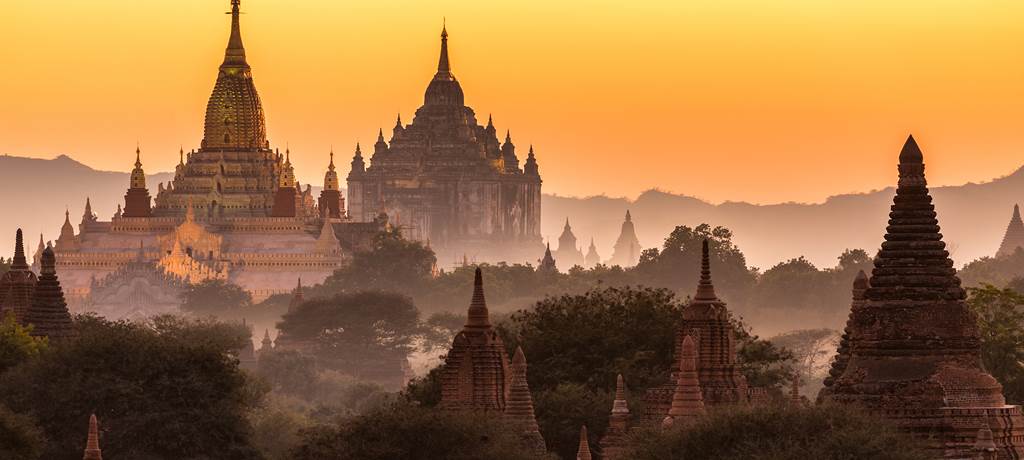Asia, Bangladesh, Brunei, Cambodia, China, Philippines, Indonesia, Japan, Laos, Malaysia, Myanmar, Singapore, Thailand, Vietnam
Authoritarianism: the double-edged sword of Southeast Asia
PAD Demonstration. Sukhumvit Road. Bangkok. 20th October 2008.
The word diversity can define Southeast Asia. There are so many dialects, ethnicities, peoples and religions in just 4.100.000 km², that the uniqueness of the region and the entire subcontinent becomes consensual.
A China de Mao Zedong, is a pattern that is repeated today in Southeast Asia, when the authoritarian government took the first steps to eradicate poverty and homogenize the population creating the mainstays of contemporary China. The process was driven by Deng Xiaoping, in 1979, when starting the opening of the country to the world. Like a mirror, the southeast asia, marked by such culturally different countries has been converging in an intriguing pattern: fragile democracies, authoritarian governments and the general development of ...





